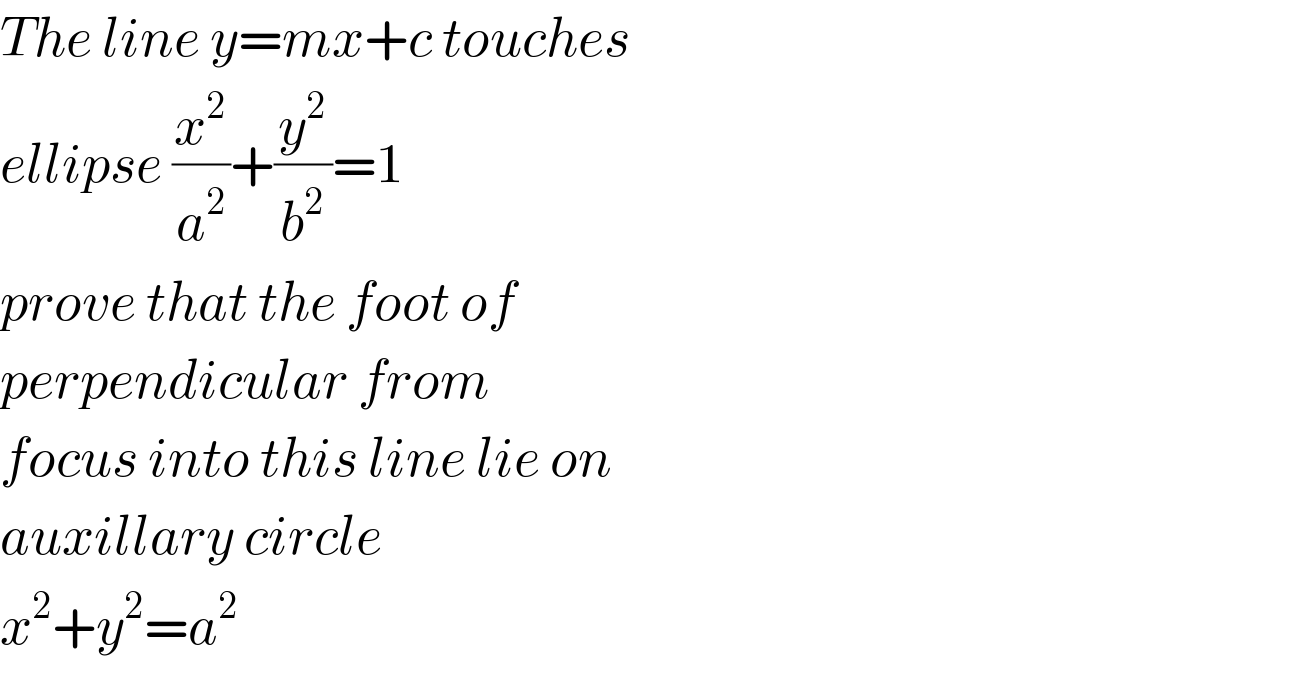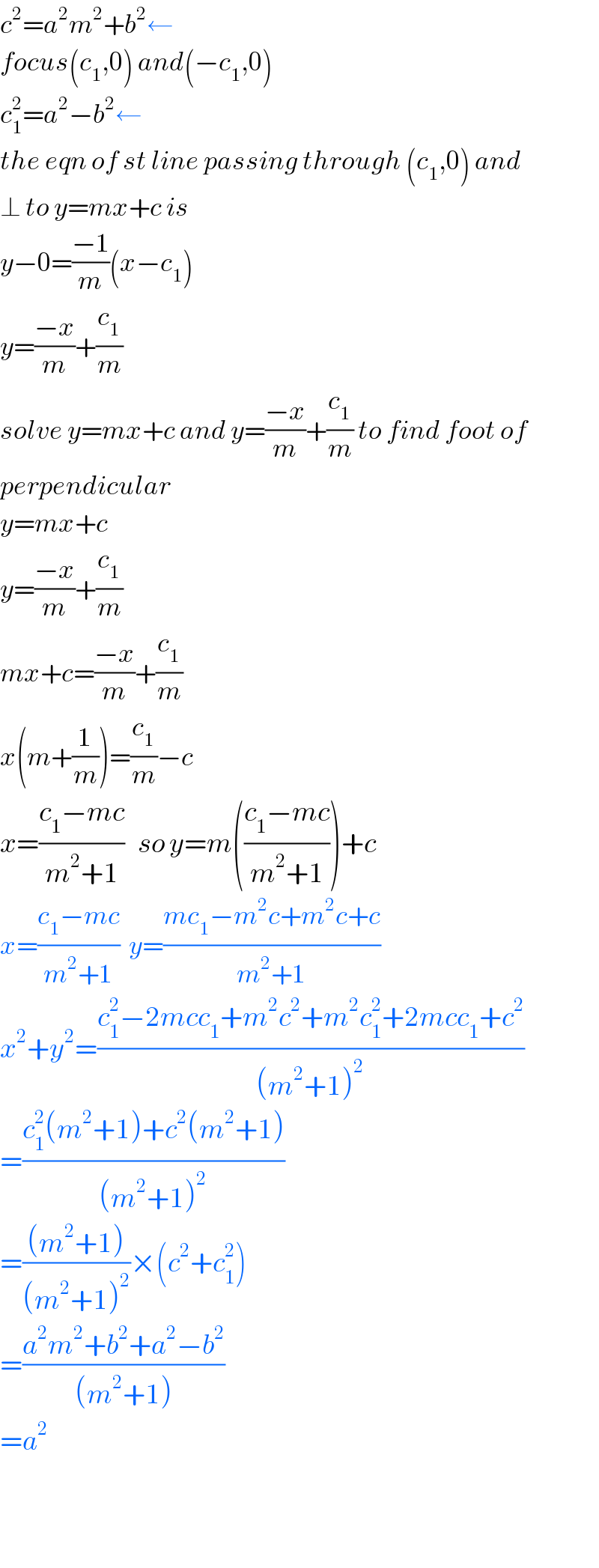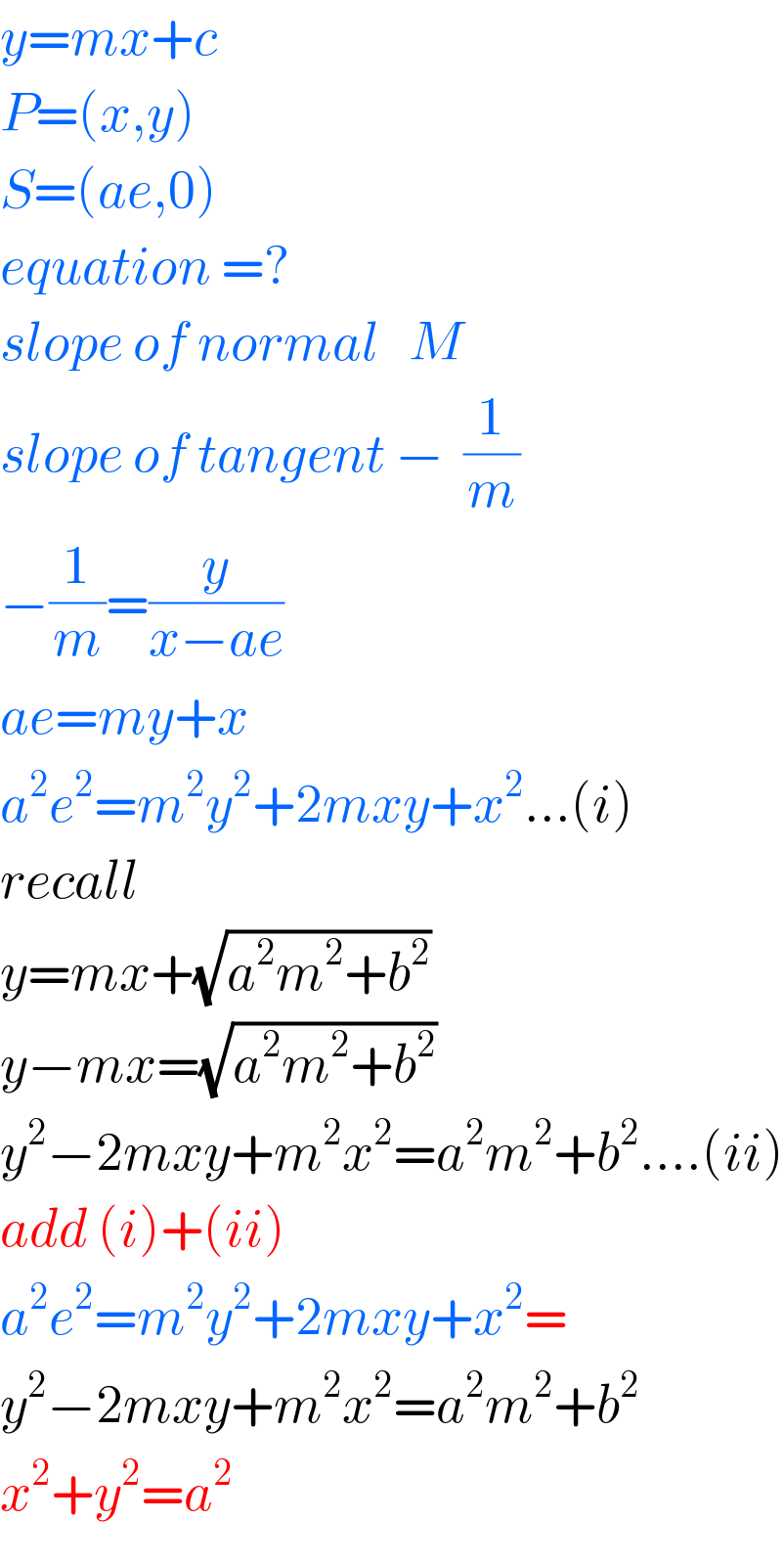
Question and Answers Forum
Question Number 51590 by peter frank last updated on 28/Dec/18

Commented by Necxx last updated on 28/Dec/18

Answered by tanmay.chaudhury50@gmail.com last updated on 28/Dec/18

Commented by peter frank last updated on 28/Dec/18

Answered by peter frank last updated on 28/Dec/18

